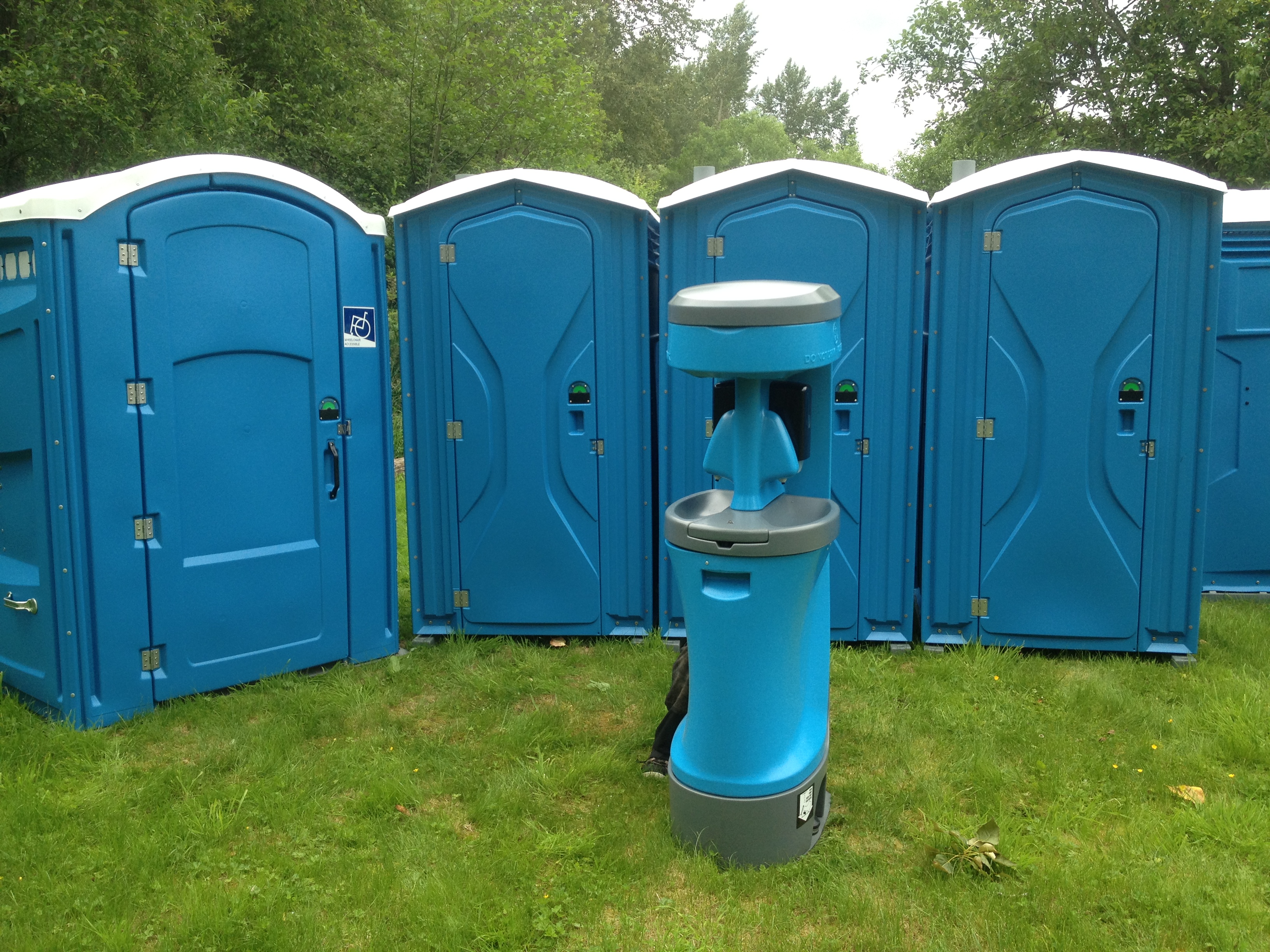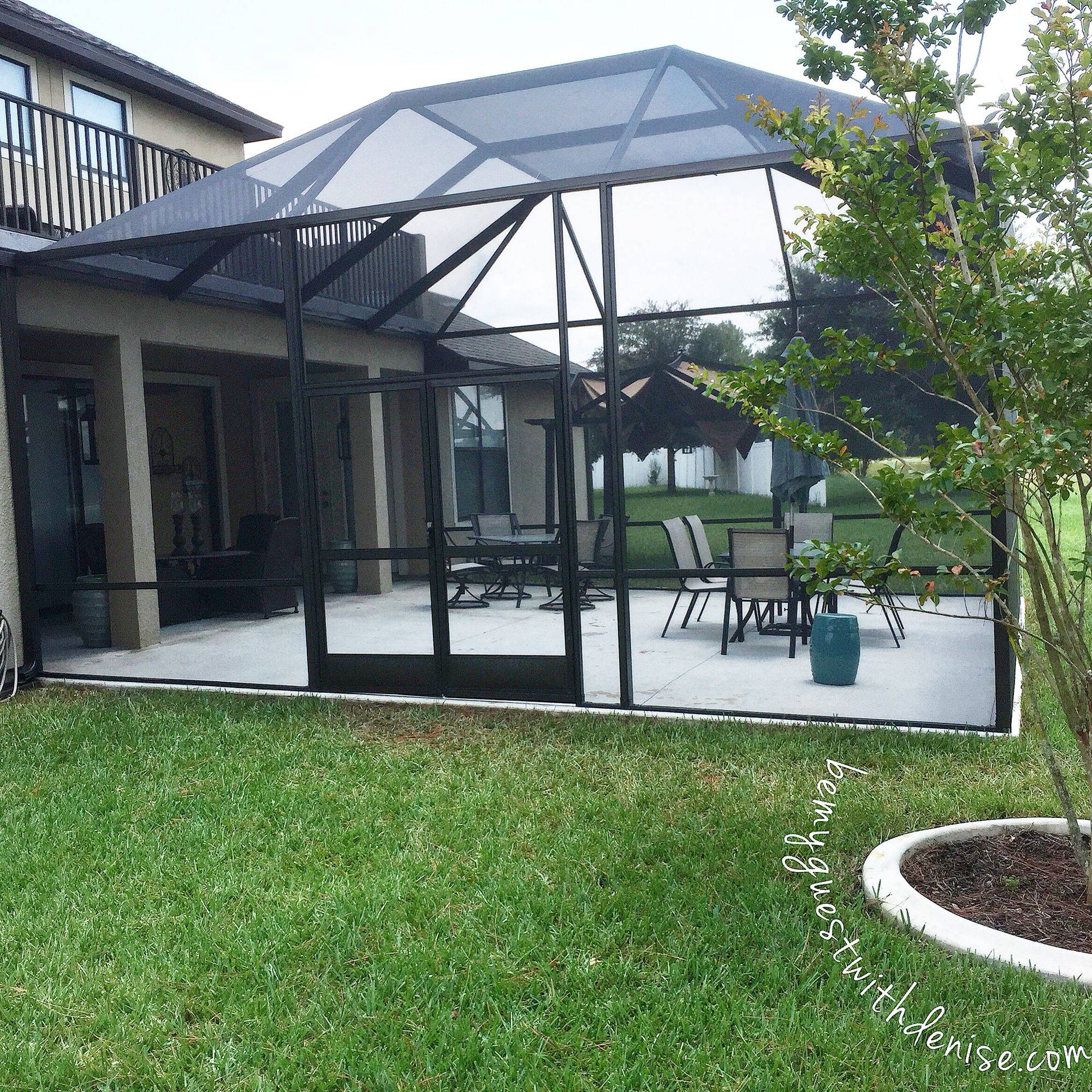Within the current rapidly evolving urban settings, the concept of nature-inspired design has surfaced as a revolutionary method in indoor aesthetics. By incorporating elements from nature into our interior environments, this philosophy of design aims to foster a deeper connection between humans and the environment. Whether it is in residential spaces or busy commercial offices, the incorporation of plants, natural light, aquatic elements, and sustainable resources can enhance well-being, productivity, and general happiness.
Interior designers from different fields, including the hospitality industry, workplaces, and homes, are more and more adopting this movement. From the meticulous choice of furniture in an interior design studio to the strategic arrangement by an architect specializing in interiors, nature-inspired components can elevate interior design projects to new heights. As we explore the nuances of nature-inspired design, it becomes evident that creating environments that harmonize with the natural world is not just a design choice, but a critical aspect of nurturing settings where people can flourish.
Biophilic Elements in Indoor Design
Integrating biophilic features into interior design enhances a connection between people and the natural world, boosting wellness and efficiency. One key component of biophilic design is the use of daylight light. Expansive windows, skylights, and open areas help to amplify natural lighting, creating lively and inviting environments. In offices and business spaces, this approach not only raises morale but also increases focus, making workers more engaged and productive.
Another important element is the integration of greenery through foliage and living walls. Biophilic design promotes the use of indoor plants, which not only cleans the air but also bring a sense of tranquility and serenity to various spaces. Interior design firms often recommend specific plant types suited for different environments, such as low-maintenance options for office interior design projects or lush foliage that enhance the warmth of residential spaces.
Lastly, the incorporation of natural materials like wood, stone, and natural fabrics is essential in biophilic interior architecture. These materials provide tactile and visual connections to nature, creating a more integrated environment. Interior designers are increasingly focusing on sustainability by sourcing materials that not only look aesthetic but also promote a healthier planet. Combined, these biophilic features create interiors that echo with the natural world, enhancing experiences in all types of spaces, from hospitality to residential interiors.
Impact of Nature-Inspired Design on Well-being
Nature-inspired design integrates nature into interior spaces, substantially improving the health of individuals. This method promotes a bond to the outdoors, that can result in reduced tension and heightened feelings of tranquility. In business environments, including aspects such as daylight, greenery, and water features can create a more inviting atmosphere, promoting increased staff performance and happiness. By promoting a feeling of calm and comfort, nature-inspired design influences overall psychological well-being positively.
In living space design, the influence of nature-inspired features can alter homes into tranquil retreats. Homeowners increasingly look for settings that connect with nature, using designs like living walls, large windows with views of nature, or natural materials. This connection with the outdoors can enhance emotional state and foster a sense of inclusion, enhancing a happier home life. As people divulge more hours inside, the psychological benefits of these design elements grow even more crucial.
In hotel design, natural design elements improve the guest experience, rendering environments more appealing and immersive. Hotels and resorts that feature natural aesthetics not only attract increased clientele but also improve guest contentment. Aspects such as organic materials, soothing schemes, and patios encourage relaxation and rejuvenation. As the demand for wellness-centered services grows, incorporating biophilic design in hotel spaces is crucial for endorsement and visitor return.
Case Studies: Successful Biophilic Projects
One striking example of biophilic design in business interior design is the Amazon Spheres in Seattle. These magnificent structures serve as a work environment, offering a unique blend of nature and urban life. Inside, lush greenery, trees, and a multitude of plants create a dynamic environment that boosts employee well-being and productivity. The integration of natural light through expansive glass allows employees to feel connected to the outside world while working, showcasing how innovative interior architecture can transform a corporate space.
In the hospitality sector, the 1 Hotel Brooklyn Bridge demonstrates how biophilic design can enhance guest experiences. The hotel seamlessly integrates natural elements, from reclaimed wood and organic fabrics to extensive indoor gardens. The design emphasizes sustainability while providing guests with a tranquil atmosphere that reflects the surrounding landscape. This approach not only attracts environmentally conscious travelers but also creates a unique identity for the hospitality interior design, setting new standards in the industry.
Residential interior design can also benefit greatly from biophilic principles. A new project by a top interior designer in a suburban home showcases how adding large windows and indoor plants can blur the line between indoors and outdoors. By creating Interior design projects that invite natural light and using materials that mimic nature, the design fosters a calming and rejuvenating environment for families. Such examples highlight the versatility of biophilic design across various interior design projects, offering ideas for both home and office interior design.









































































